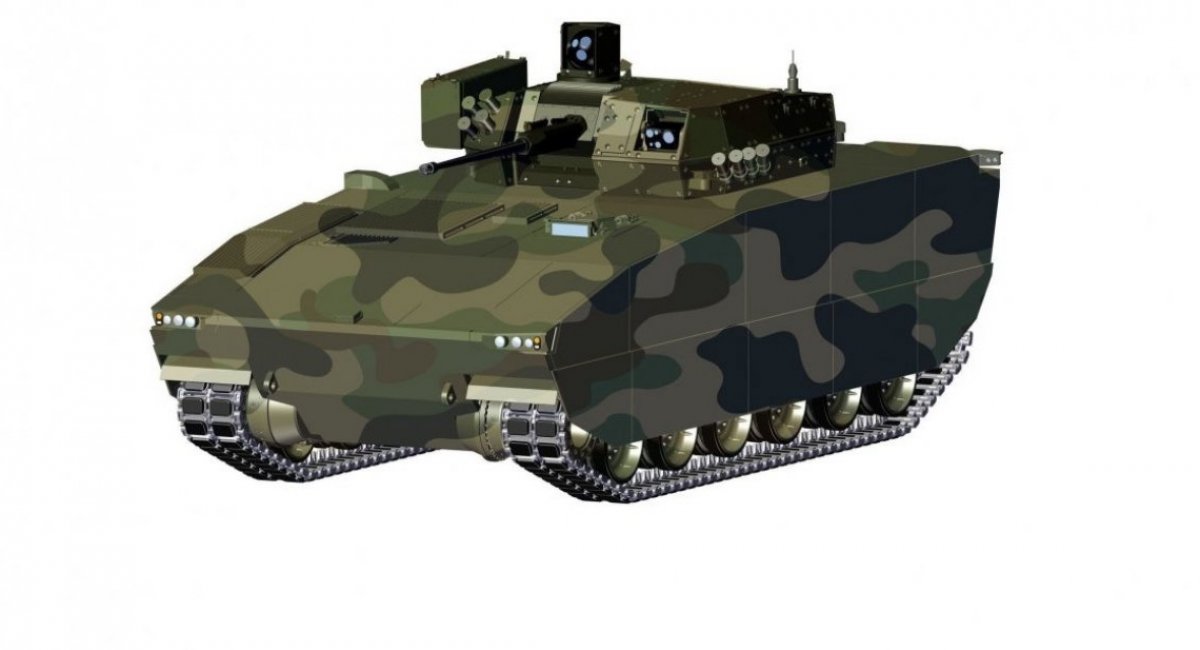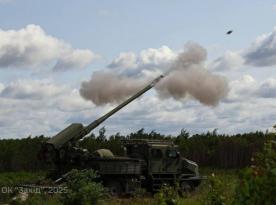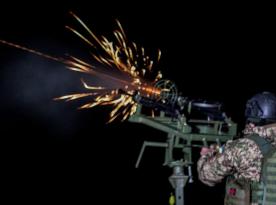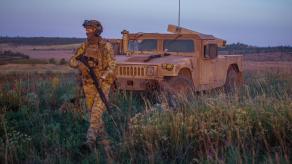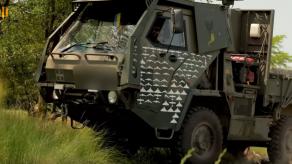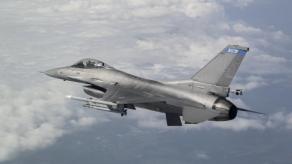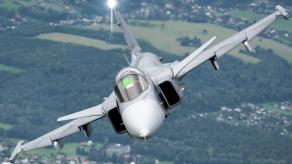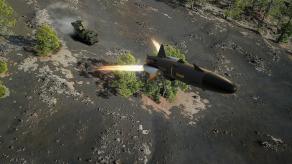Huta Stalowa Wola, a key Polish defense manufacturer and part of the PGZ (Polska Grupa Zbrojeniowa) holding, plans to deliver the first prototype of its CBWP (Ciężki Bojowy Wóz Piechoty) heavy infantry fighting vehicle by the end of 2026. The company also believes that serial production of these vehicles could begin as early as 2029.
According to a report by Strefa Obrony, the work is currently being funded from the company’s own resources, and this will continue until the said prototype is completed. Tens of millions of zlotys have already been spent on the project.
Read more: Norway to Deploy F-35 Fighter Jets to Poland to Protect Ukraine Aid Hub
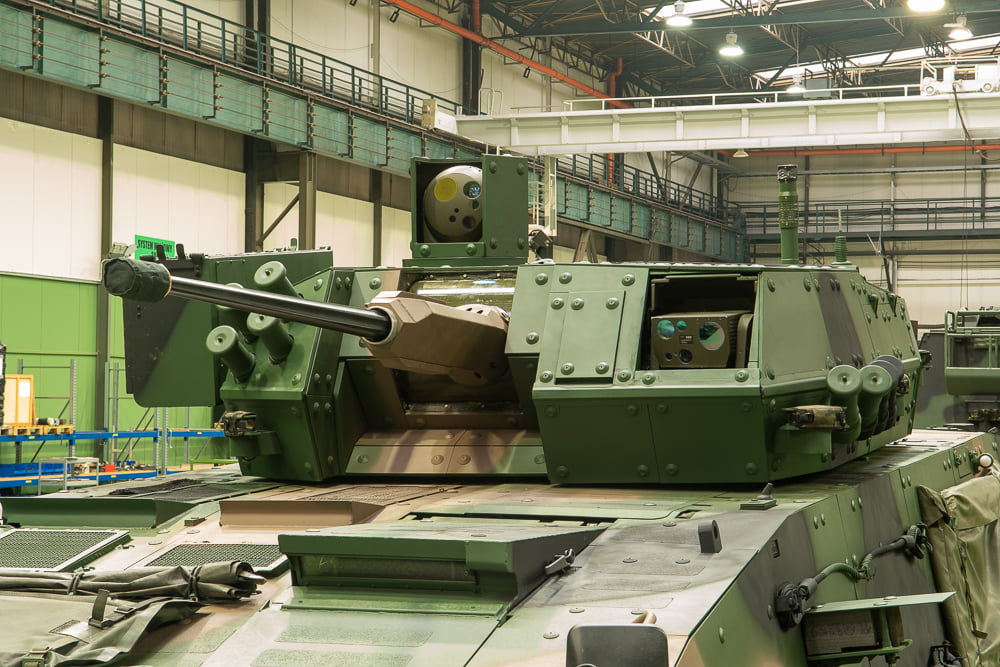
The company explains that developing a heavy, non-amphibious IFV is relatively simpler because no water crossing requirements have been set. The process is further eased by HSW’s existing experience in the development and production of tracked armored vehicles such as the Krab self-propelled howitzer and the Borsuk infantry fighting vehicle.
Regarding specific design elements, the chassis from the K9 Thunder — a South Korean artillery system co-produced with Polish HSW for local use — will be involved in the CBWP’s development.
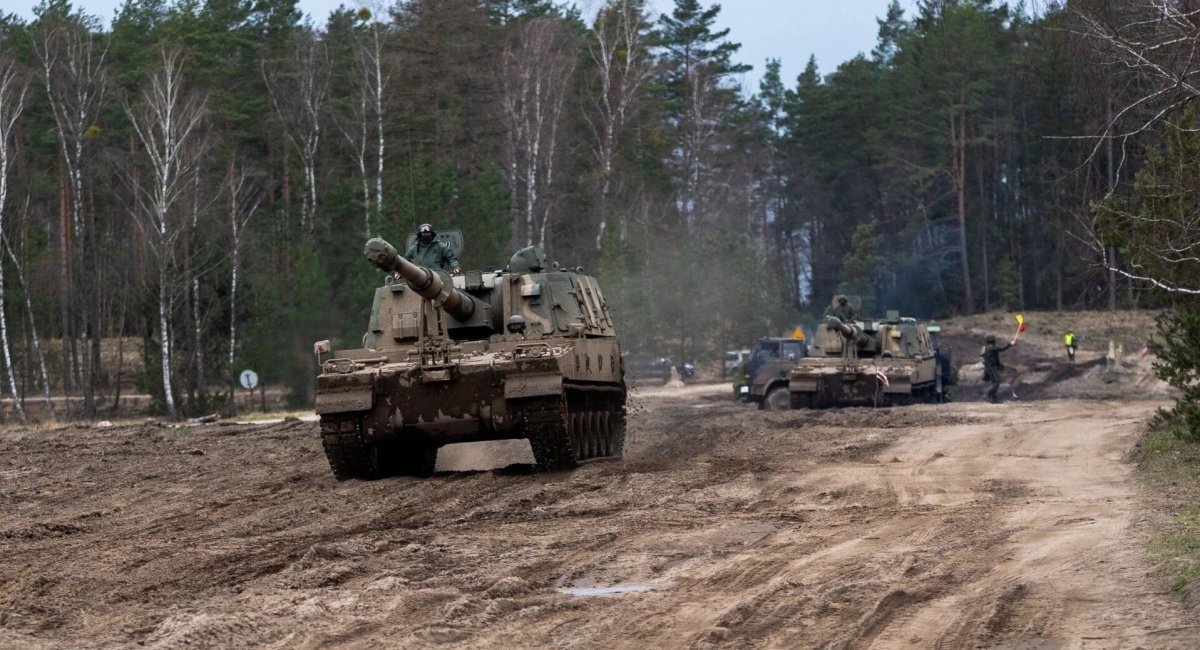
However, Huta Stalowa Wola stresses that this chassis won't be directly copied from K9 due to different protection requirements. This clarification is likely intended to reassure potential CBWP users of the platform’s armor and survivability standards.
Still, some components of the Korean original will be used, it is likely that the company means a heavily modified chassis platform based on some K9 parts, tailored to meet the Polish military’s technical requirements.
Another notable element is the unification with the amphibious Borsuk IFV, which recently entered serial production. The CBWP will incorporate several key systems from Borsuk, including the ZSSW-30 unmanned turret, CBRN filtration, fire and explosion suppression, heating and cooling systems, power generator, seating for troops, operator stations, running and idler wheels, hydropneumatic suspension, and lighting systems.
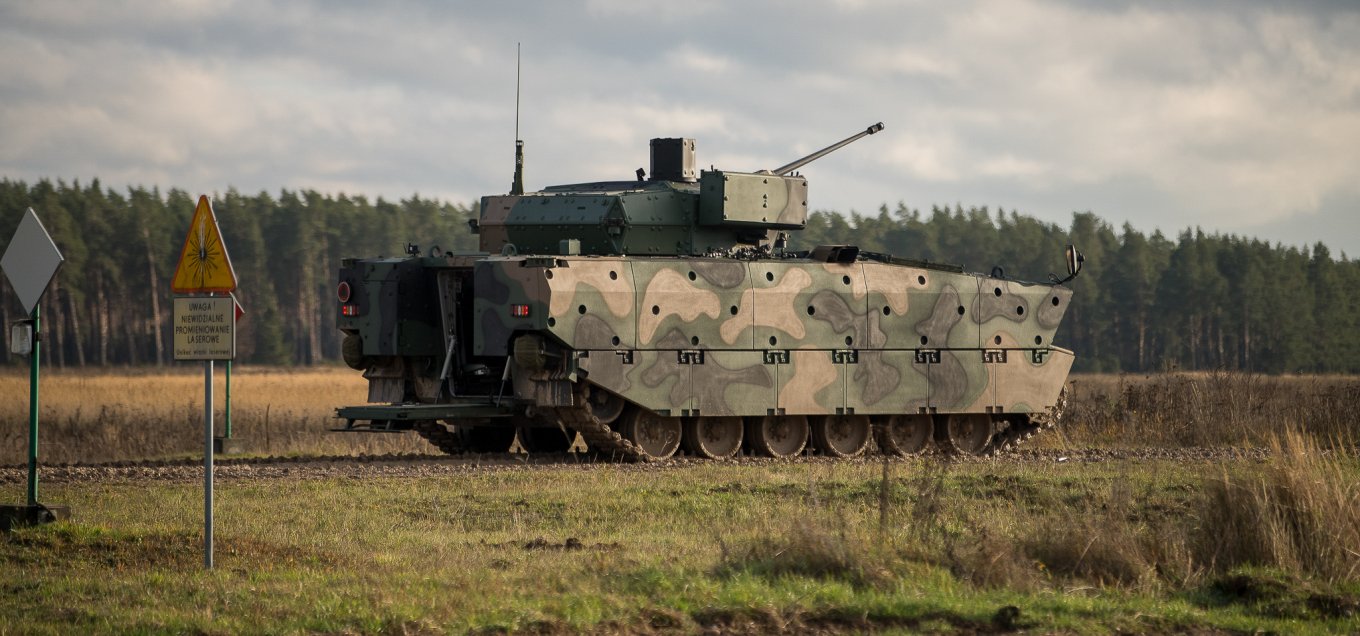
This approach is very effective, Defense Express points out, as it not only simplifies logistics for the Polish Armed Forces through system standardization but also shortens the development timeline. Moreover, it enhances local industrial participation by relying on existing domestic suppliers.
Nonetheless, due to the different role and weight class of the CBWP, some components must be developed from scratch. Work is currently ongoing on the hull and power unit, while other chassis elements are undergoing blast-resistance testing.
Overall, the outlook for the program is cautiously optimistic. Initial plans called for a technology demonstrator by 2023 and serial deliveries between 2028 and 2035. Even then, these timelines were considered ambitious, and delays have already occurred.
The revised timeline envisions a prototype by 2026. Huta Stalowa Wola still hopes that production could begin by 2029 — a goal that remains challenging but not impossible.
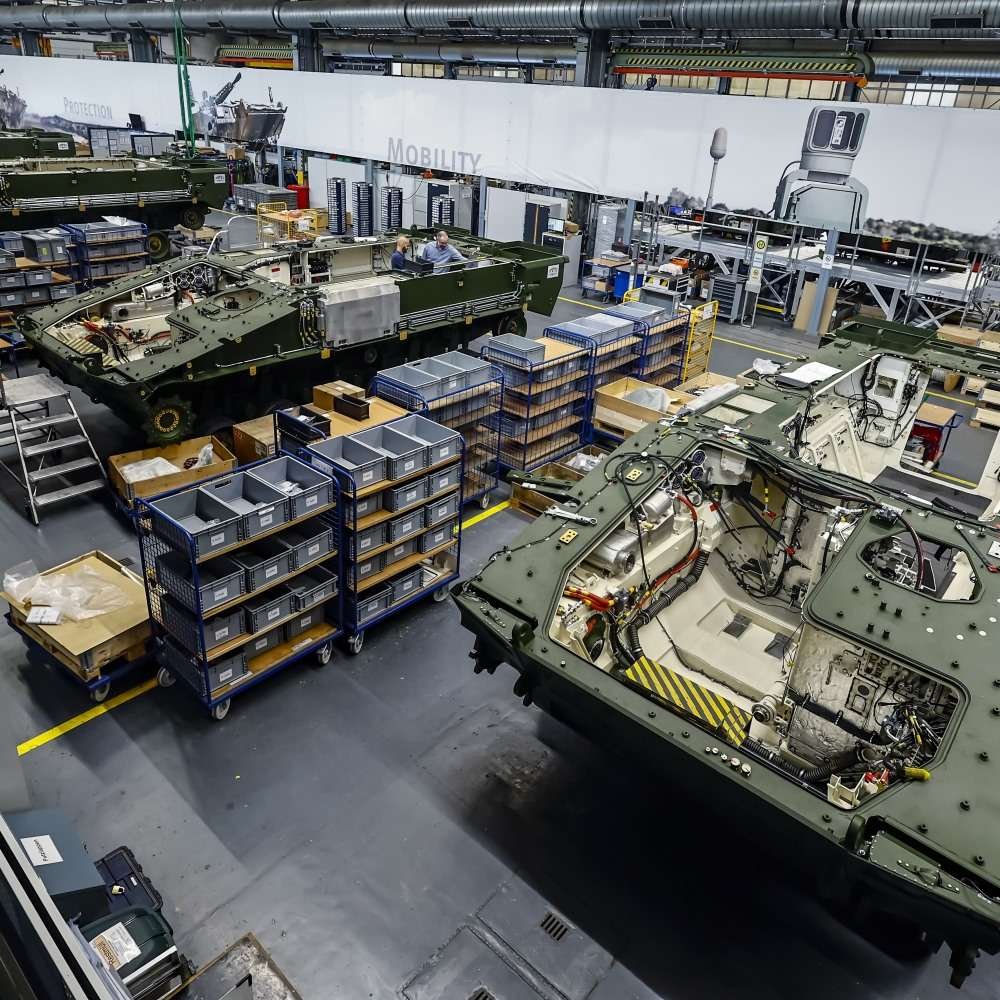
Component commonality and design simplifications are helping accelerate development, but critical subsystems like the hull and engine are still in progress. While there is over a year left for completing the prototype and three more years for refinement and production ramp-up, the experience of similar projects suggests that fielding may still require additional time.
Read more: Estonia to Deploy a "Drone Wall," But Is it Enough in Modern Realities?



